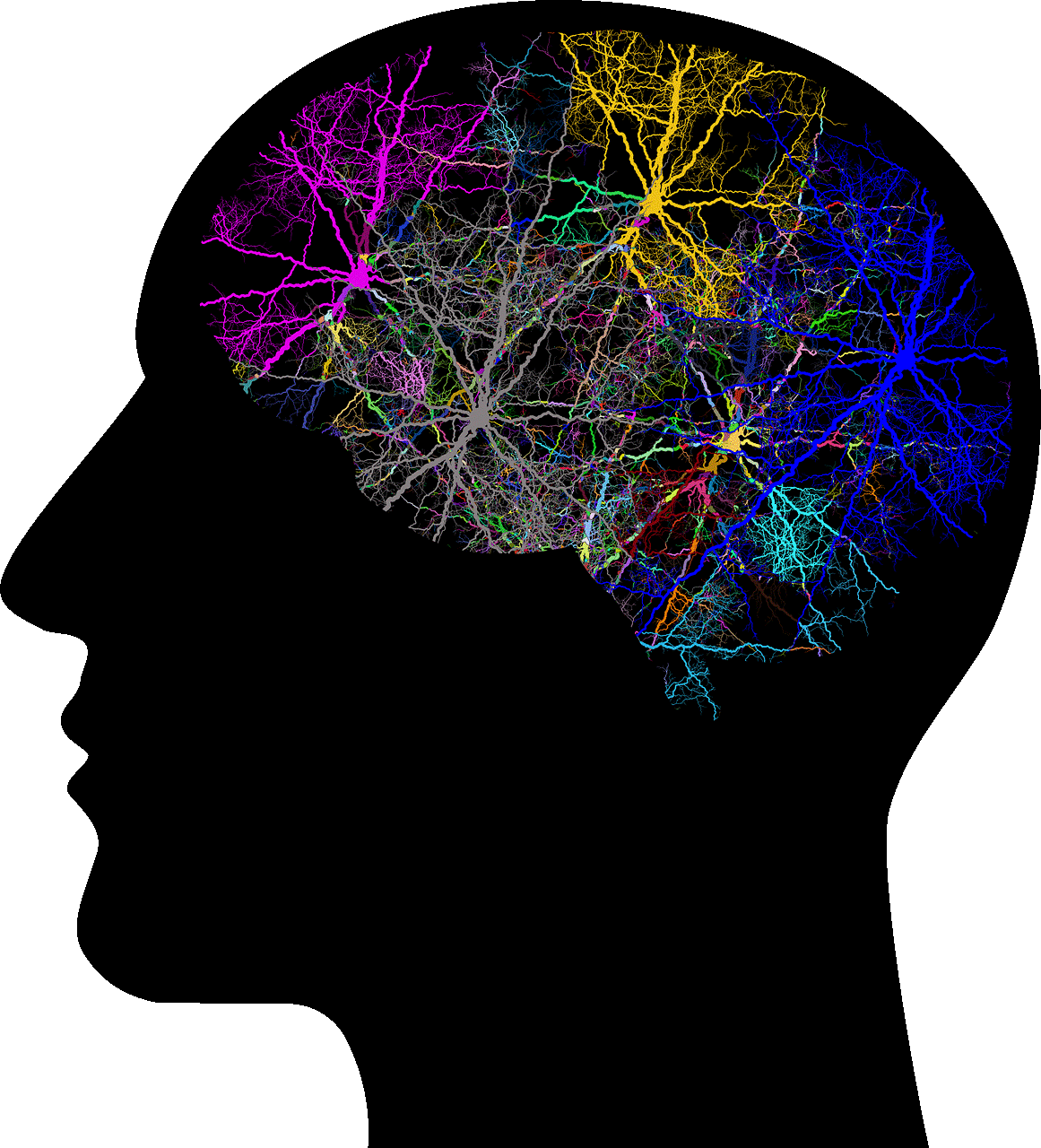Une REL fantastique
- Read more about Une REL fantastique
- Log in or register to post comments
- 1 comment
- 13 views
Content Blocks
Une REL fantastique
Cover Image

Share in catalogue
Off
Creative Commons License
Education Level
Educational Use
Material Type
Subject Area
Brief Description
Pour essayer l'outil
Login or register to share your adaptations.
List of adaptions
Be the first to add your adaptation here!
Display in Portfolio
Off
This work is a derivative
Off
Login or register to engage in the review and feedback process.


Comments
Be the first to comment!